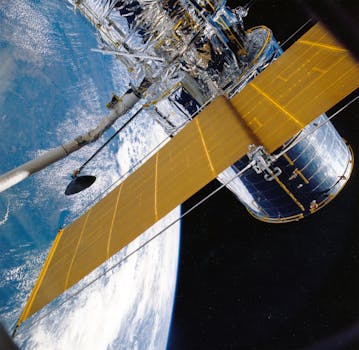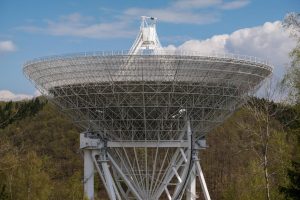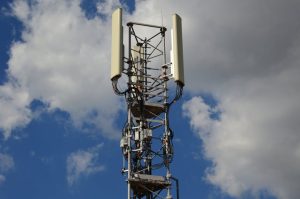
The Rise of Mega-Constellations: Latest Updates in Satellite Telecommunications
The rise of mega-constellations is revolutionizing satellite telecommunications, with thousands of satellites being launched into orbit to provide global internet connectivity. The Rise of Mega-Constellations: Latest Updates in Satellite Telecommunications is a significant development in the field of space technology, with companies like SpaceX, Amazon, and OneWeb leading the charge.
These mega-constellations are designed to provide high-speed, low-latency internet connectivity to remote and underserved areas around the world. With the ability to launch thousands of satellites into orbit, these companies are creating a network of interconnected satellites that can provide internet access to even the most remote locations.
What are Mega-Constellations?
Mega-constellations are large groups of satellites that are launched into orbit to provide a specific service, such as internet connectivity. These satellites are typically small, weighing between 100-500 kg, and are designed to be launched in large numbers to create a network of interconnected satellites.
The concept of mega-constellations is not new, but recent advances in technology have made it possible to launch thousands of satellites into orbit at a relatively low cost. This has led to a surge in investment in satellite telecommunications, with companies like SpaceX, Amazon, and OneWeb leading the charge.
Benefits of Mega-Constellations
The benefits of mega-constellations are numerous. For one, they have the potential to provide global internet connectivity, bridging the digital divide between urban and rural areas. They also have the potential to provide backup connectivity in the event of a natural disaster or other disruption to traditional internet services.
In addition, mega-constellations have the potential to provide a range of other services, including navigation, weather forecasting, and Earth observation. They can also be used to provide connectivity for the Internet of Things (IoT), enabling a range of new applications and services.
Challenges and Concerns
While mega-constellations have the potential to revolutionize satellite telecommunications, there are also challenges and concerns that need to be addressed. One of the main concerns is the risk of space debris, with thousands of satellites being launched into orbit.
There is also the concern of radio frequency interference, with the potential for satellites to interfere with each other and with other radio frequency signals. Additionally, there are concerns about the regulatory framework, with the need for clear rules and guidelines to govern the launch and operation of mega-constellations.
Conclusion
In conclusion, the rise of mega-constellations is a significant development in the field of satellite telecommunications. With the potential to provide global internet connectivity, backup connectivity, and a range of other services, mega-constellations are set to revolutionize the way we communicate and access information.
However, there are also challenges and concerns that need to be addressed, including the risk of space debris, radio frequency interference, and regulatory framework. As the industry continues to evolve, it is likely that we will see significant advancements in technology and regulation, enabling the full potential of mega-constellations to be realized.


